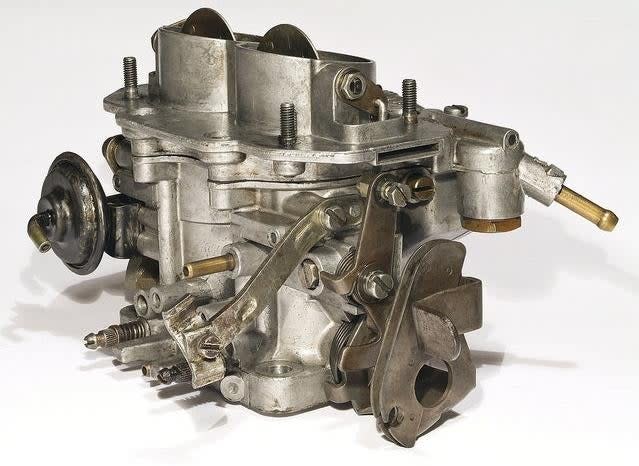How a Carburetor Works

It’s springtime! Time to start working on your project car, learn a new wrenching skill, discover what everything is under the hood (and how it works), or just spruce up your daily driver. All month, we’ll be looking back at our best informative, maintenance and DIY articles from Jalopnik’s near 20-year history to get your ride ready for the road.
Okay, so almost no new cars use carburetors (but some two-wheeled vehicles, mostly dirt bikes still do). Still, it’s important to understand how engines got to where they are today. It all began with the good ol’ carb before everything went more... digital.
Read more
For a lot of you this is review, but if we want a new generation of car enthusiasts to care about cars, it can’t hurt to explain how they actually work.
To optimize engine performance, engineers want to ensure that enough air is mixed with gasoline so that all of the gas burns during combustion. Such a mixture where all of the fuel is burned is known as a stoichiometric mixture. Maintaining a stoichiometric mixture allows engines to take maximum advantage of gasoline’s high energy density (34 mega Joules per liter).
So, if not enough air is provided, the engine will run rich, often resulting in poor fuel economy and black smoke exiting the tailpipe. If there is too much air mixed with the fuel, the engine runs lean, producing less power and more heat. Therefore, engineers must optimize this ratio to gain the most mechanical work per unit mass of fuel. The optimum ratio of air to fuel for a typical combustion engine is about 14.7 pounds of air for every pound of gasoline. The question of how to assure this perfect ratio has been at the forefront of automotive engineering design for decades.
Carburetors
In the late nineteenth century, considered the beginning of the automotive timeline, the mechanism by which fuel and air were mixed was the carburetor. Originating from the French word “carbure,” which means “carbide,” the carburetor is a purely mechanical device (okay, some use electric chokes) that was used to mix air and fuel up until the early 1990s (The 1991 Jeep Grand Wagoneer was the last American production vehicle to utilize a carburetor.)

To understand how carburetors work, you have to understand the Bernoulli principle. Shown below, the Bernoulli equation demonstrates that an increase of a fluid’s velocity (kinetic energy) necessitates a decrease in pressure (potential energy):


 Yahoo Autos
Yahoo Autos 